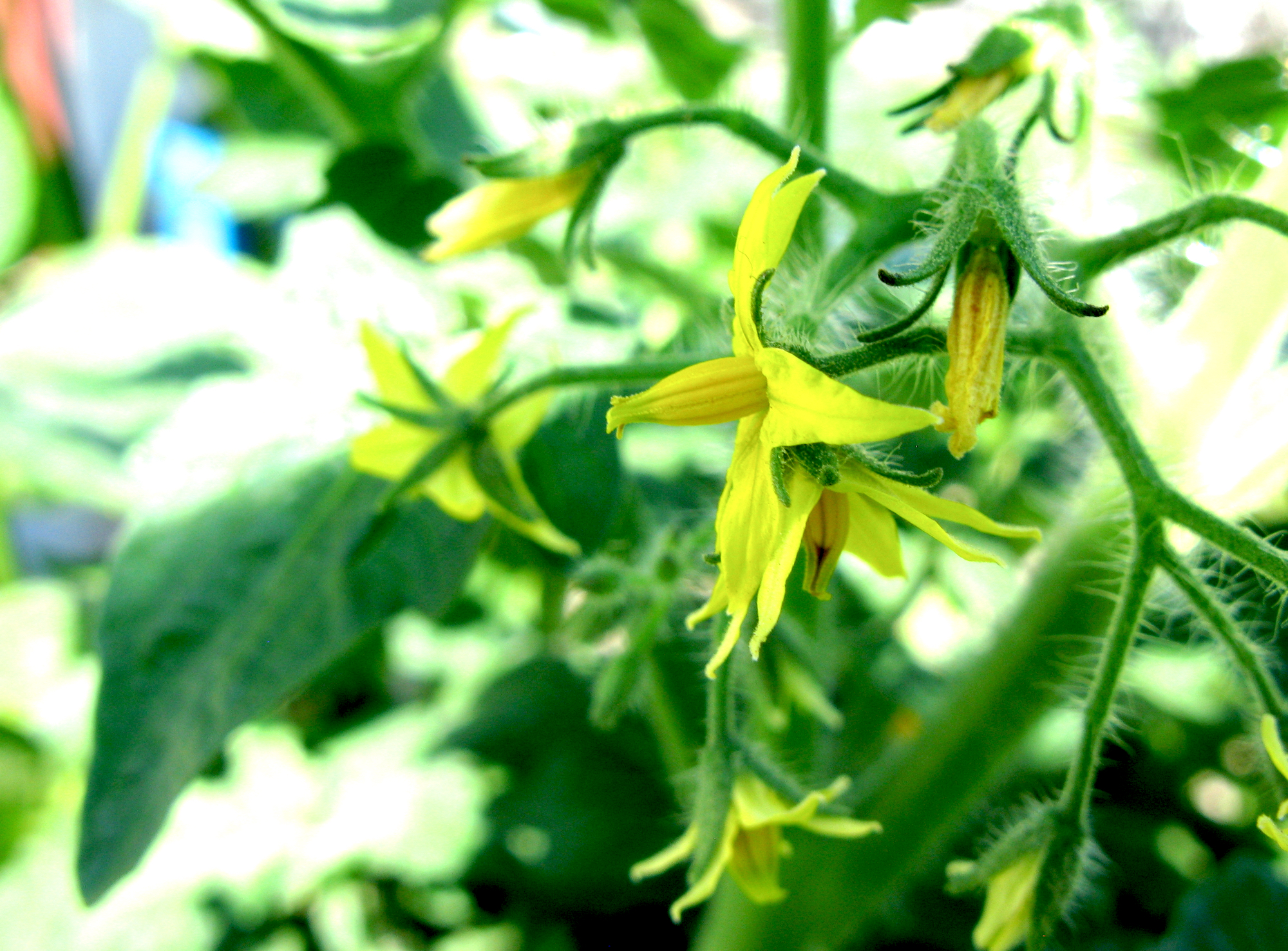If you’ve ever smelled the minty scent of a breeze passing over a flowerbed full of salvia, or caught a whiff of creosote in the air after a desert rainstorm, you’ve experienced some of the volatile organic compounds that plants release. New research from CSUN Professor of Biology Chhandak Basu, working with MSci. student Kirill Musaev and collaborators at UC Irvine, catalogs the complex chemistry emitted by tomato plants under heat stress.
The collaborators heat-stressed tomato seedlings in a climate-controlled growth chamber, raising the temperature from a baseline of 86°F (warm but pleasant for the plants) to almost 108°F for a 24-hour period. The plants were each enclosed in an air-flow system that captured organic compounds they released for later analysis by gas chromatograph mass spectrometry and proton transfer reaction time-of-flight mass spectrometry, which identified individual compounds. Comparing samples collected before and during the heat treatment allowed the authors to isolate changes in volatiles released under stress.
The full paper is available open access on the journal website.
Header image: Flowers on a domestic tomato plant (Jeremy Yoder)

